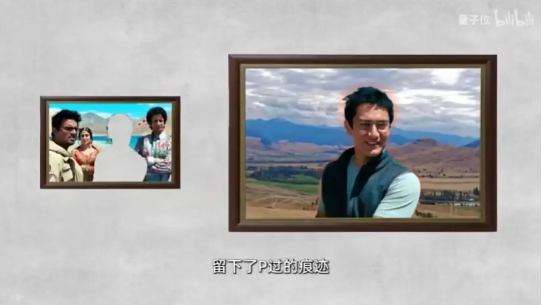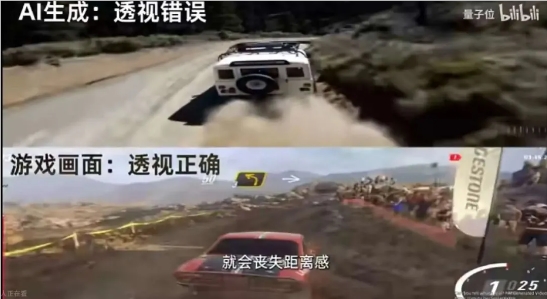As AI generation technology advances with each passing day, more and more realistic AI-generated images and videos flood the Internet, making it difficult for people to distinguish authenticity. Identifying AI-generated content has become an urgent need. Recently, the "Qubit" B station video discussed how to use AI technology to identify AI-generated videos, which attracted widespread attention. The number of views exceeded 1.68 million, triggering a heated discussion on AI identification AI technology.
As images generated by AI become more and more realistic, many people cannot help but think about it when watching videos: Is this really shot? Or is it a masterpiece of AI?
Recently, a work published by Qubit on Bilibili discussing how to use AI to identify AI videos sparked heated discussions, with the number of views instantly exceeding 1.68 million. Let’s take a look at how AI can identify AI at a glance.

The video introduces some tips for identifying AI videos with the naked eye. For example, pay attention to whether the character makes unnatural movements or expressions, and whether the voice, mouth shape and emotion are coordinated when speaking. However, in the face of massive videos, human power alone is obviously insufficient, and AI is needed at this time.
AI has unique advantages when it comes to identifying AI face-changing videos. AI face-changing technology usually splices the synthesized part to the original video frame by frame. Although the human eye may only find something strange, AI can accurately locate these splicing traces. Just like everyone has a unique fingerprint, it is difficult to perfectly copy the lighting, texture and other information of different videos. These subtle differences are the key to AI recognition.

For videos entirely generated by AI, the recognition method is more complex. A research team has trained three classifiers from the three dimensions of model features, motion features and geometric monocular depth features. Taking the video generated by Sora as an example, the unstable number of people and animals, abnormal changes in color and shadow during object movement, and perspective and proportion errors when moving the camera have all become important clues for AI recognition.

Even more interestingly, the researchers also discovered a new method called DIVID. They found that if the AI video and the real video were regenerated by the diffusion model, the results would be very different. AI-generated video pixels tend to be closer to the average of the training data, while human-created videos will show clear personality in various aspects. The DIVID algorithm developed based on this feature has an accuracy of up to 93.7% when identifying videos generated by Sora.
The emergence of these AI identification methods has undoubtedly provided us with a powerful weapon against the spread of false information. They are like sharp eyes in the digital world, helping us distinguish truth from falsehood in the ocean of information.
The advancement of AI identification technology provides us with new weapons to fight against false information. It also heralds the continuous development and improvement of information identification technology in the future, allowing people to have a clearer understanding in the information age.